
RCEP – The Heart of Regional Logistics Cooperation
Effective since January 1, 2022, RCEP currently accounts for 30% of the global population (2.2 billion people) and 30% of global GDP (approximately USD 29.7 trillion). After two years of implementation, intra-regional trade has rebounded, growing by over 7% in 2024 following a slight decline the previous year. RCEP facilitates the flow of cross-border goods through tax reductions, tariff eliminations on nearly 90% of goods, and standardized rules of origin.
According to ASEAN Ministers, the value of intra-regional trade in 2023 reached USD 759 billion—equivalent to 21.5% of the region’s total trade. In 2025, China and ASEAN began negotiating an upgraded version dubbed “FTA 3.0”, which covers digital, green, and logistics sectors—expected to be signed before the year ends.
Key impacts include the removal of technical and tariff barriers, customs harmonization, and the facilitation of the “China-plus-one” manufacturing shift, enabling countries like Vietnam, Thailand, and Malaysia to reposition themselves as key hubs for electronics, automotive components, and textiles production.
China–ASEAN Cooperation: From Traditional Logistics to Digital Transformation
Practical Implementation and Figures
In 2023, total trade between China and ASEAN reached approximately RMB 3.36 trillion (about USD 468.8 billion), up 10.5% from the previous year. China–Vietnam trade alone amounted to USD 223.2 billion (USD 135.1 billion in exports from China, USD 88.1 billion in imports; a surplus of USD 44.4 billion). As of Q1/2025, total trade between China and ASEAN reached USD 234 billion.
In 2024, China invested around USD 3.6 billion in Vietnam—ranking second in disbursed FDI. In addition, China’s high-speed railway project between Jakarta and Bandung, operational since October 2, 2023, highlights the role of cross-border infrastructure linkages.
Digital Transformation and Green Logistics
Promoted by RCEP’s digital cooperation agenda, China and ASEAN launched the “Partnership on Digital Economy” in 2020, alongside plans to boost SME participation in digital value chains. According to the OECD, over 60% of Southeast Asia’s exports are part of global value chains, with FDI reaching a record USD 229 billion in 2023, the highest among emerging economies.
Furthermore, the upgraded FTA 3.0 adds green sectors and logistics to its scope, supporting clean energy development, green ports, and sustainable logistics standards.
Benefits and Risks: Balancing Diversification and Dependency
Notable Benefits
- Supply Diversification: The “China-plus-one” strategy is attracting many manufacturing plants from China to Vietnam, Thailand, and Indonesia, helping these countries become alternative production centers amid U.S. pressure.
- Lower Logistics Costs: Reduced taxes, streamlined customs procedures, and digitalization help cut clearance times and improve logistics efficiency.
- Greater Global Competitiveness: Regionally coordinated supply chains enhance the capacity to respond to external shocks such as pandemics or trade tensions.
Risks to Watch Out For
- Overdependence on China: ASEAN currently faces a trade deficit of over USD 190 billion with China.
- Internal Competition: Smaller countries may face pressure from technical requirements and environmental standards imposed by larger players.
- Geopolitical and Security Risks: Maintaining regional stability amidst competing interests from China, the U.S., and other global players remains a significant challenge.
"ASEAN’s rise in global supply chains will not be sustainable without an integrated and deeply digitalized regional logistics foundation. Regional cooperation is not just a strategic choice—it is a prerequisite to reduce disruptions and enhance resilience."
— Mr. Satvinder Singh, Deputy Secretary-General of ASEAN for the ASEAN Economic Community, speaking at the ASEAN Logistics Connectivity Conference 2024
Source: ASEAN.org

Regional Cooperation – A Multi-layered Lever for Future Supply Chains
Regional cooperation, especially via the RCEP framework and strengthened China–ASEAN relations, is unlocking opportunities to upgrade logistics infrastructure, connect supply chains, and promote both digital and green economic development. However, ASEAN must continue enhancing its negotiating capacity, institutional reforms, infrastructure investment, and internal business environment.
On China’s part, there is a need to balance geopolitical interests to avoid backlash from other global stakeholders.
In the post-pandemic era and under increasing geopolitical pressure, regional multilateral cooperation is the optimal solution to build sustainable, flexible, and adaptive supply chains. If Vietnam and ASEAN leverage this correctly, it will be a golden opportunity to climb higher in the global value chain.







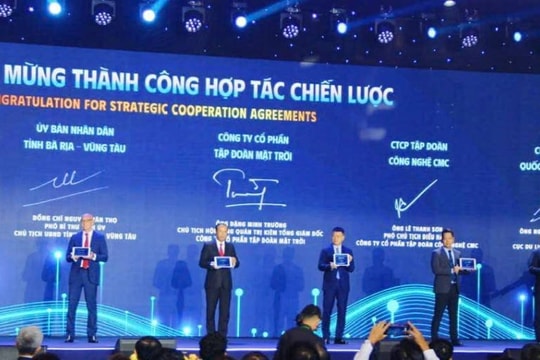
.png)
.png)
.png)
.png)

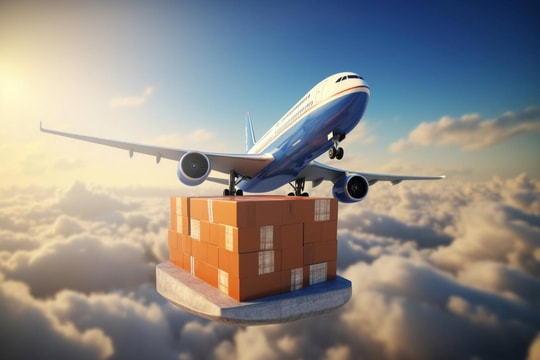

.png)

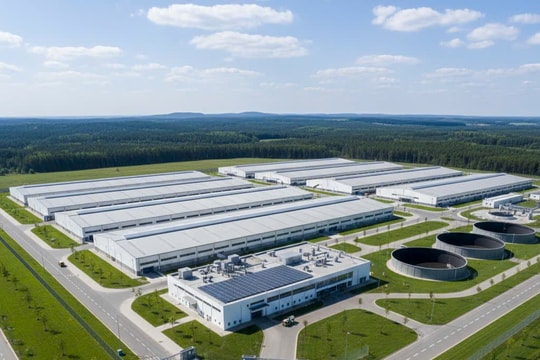
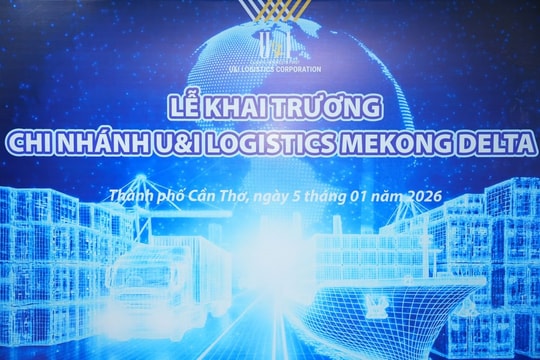


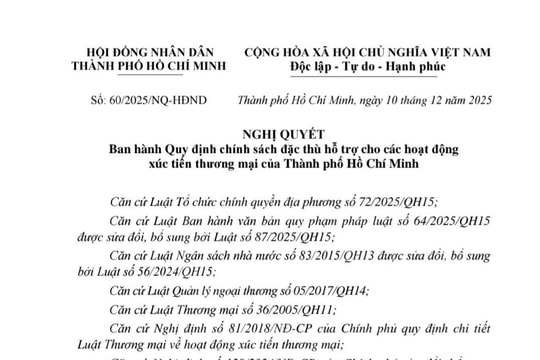
.png)